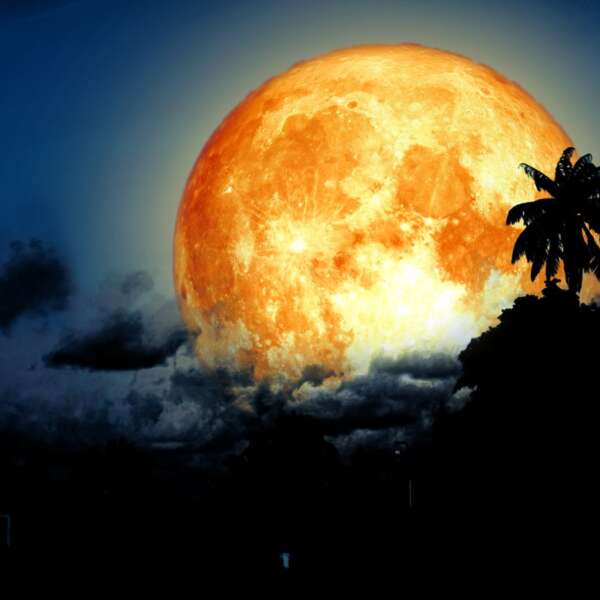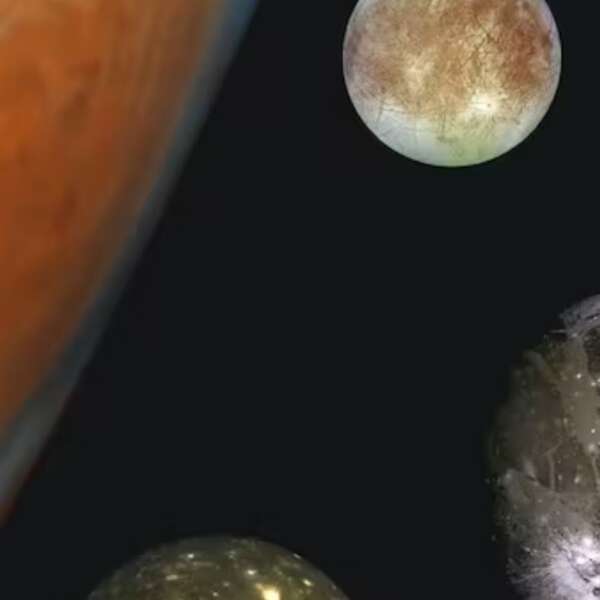The Celestial Events of June 2023
If you’re an avid stargazer or just starting to dip your toes in the vast ocean of celestial phenomena, June 2023 is packed full of astronomical events to get you excited. From the full bloom of the Strawberry Moon to the meeting of the Moon with several planets, there’s a lot to look forward to. Let’s dive into the cosmic calendar of the month and unravel the celestial mysteries waiting for us.
Full Strawberry Moon – June 4
The Full Strawberry Moon will grace the skies on June 4 at 11:42 AM PHT. As the Moon is on the exact opposite side of the Earth from the Sun, you will be able to see a fully illuminated lunar disk. Although the actual Full Moon moment lasts briefly, the Moon will appear full for one day before and after the event. During this time, you’ll find our natural satellite in the constellation Scorpius, promising a captivating sight.
Moon-Jupiter Conjunction – June 14
Mid-month, on June 14 at 2:33 PM PHT, Jupiter will meet the 26-day-old Moon in the constellation Aries. The apparent distance between the two objects will be 1°30′. Although they will be too far apart to observe them together through a telescope, this conjunction can be easily seen with the naked eye or binoculars. Jupiter will shine at a magnitude of -2.2 during this celestial rendezvous, a sight worth catching.
Moon-Mercury Conjunction – June 17
On June 17, Mercury’s turn to pair up with the Moon will occur at 4:40 AM PHT. Mercury (magnitude -0.8) will meet the 28-day-old Moon in the constellation Taurus. The apparent distance between the two objects will be 4°18′. This conjunction is best observed with the naked eye or binoculars, as it’s too far to witness them at once via a telescope.
New Moon – June 18
The New Moon will occur on June 18 at 12:37 PM PHT. During a New Moon, our natural satellite is positioned between the Earth and the Sun, meaning its illuminated side is facing away from us. This phase creates the darkest skies, making it the best time for stargazing as the Moon’s light won’t interfere with the view of the stars and galaxies.
June Solstice – June 21
The June solstice, marking the astronomical start of summer in the Northern Hemisphere and winter in the Southern Hemisphere, will happen on June 21 at 10:58 PM PHT. It’s the longest day in the Northern Hemisphere, while observers from the Southern Hemisphere will experience the shortest day of the year. This event gives us insights into the changing seasons and our planet’s annual journey around the Sun.
Moon-Venus Conjunction – June 22
Finally, on June 22 at 8:47 AM PHT, Venus (magnitude -4.4) will meet the 4-day-old Moon in the constellation Cancer. The apparent distance between the two objects will be 3°41′. Like the other conjunctions this month, it’s too far to view them together through a telescope, but this beautiful conjunction can be seen with the naked eye or binoculars.
Bootids Meteor Shower
The June Bootids meteor shower is active from June 22 to July 2, with the peak rate of meteors expected around June 27. Specifically, the shower is expected to reach peak activity at around 9:00 PM on June 27, 2023.
During the peak, the meteors will appear to radiate from the constellation Bootes. However, for the best viewing experience, it’s recommended to look at any dark patch of sky which is around 30–40° away from the radiant point, as this is where most meteors will be seen.
It’s important to note that the visibility of the meteor shower can be affected by local weather conditions and light pollution. In addition, the moon phase can affect the visibility of meteors; at the shower’s peak, the moon will be in its first quarter phase, which could present some interference in the early evening sky until it sets.
June 2023 is shaping up to be a spectacular month for stargazing. Whether you’re an experienced observer or a curious beginner, the universe has a surprise in store for you. Mark your calendars, prepare your observation tools, and get ready for these celestial events. The stars are waiting for you!
SOURCE: PAGASA















